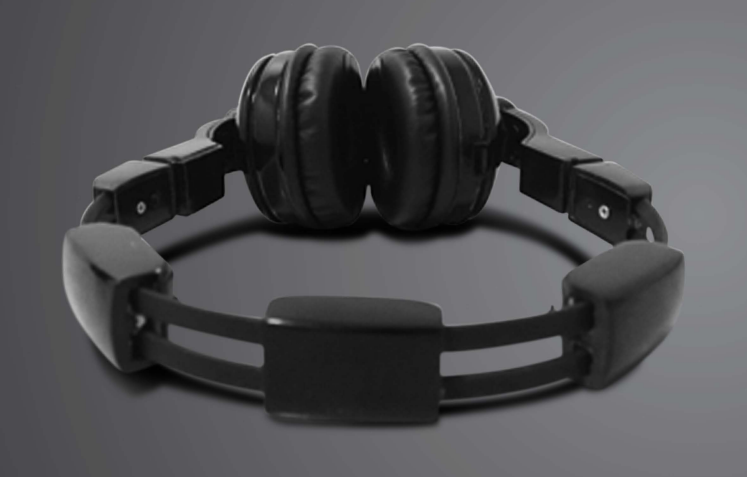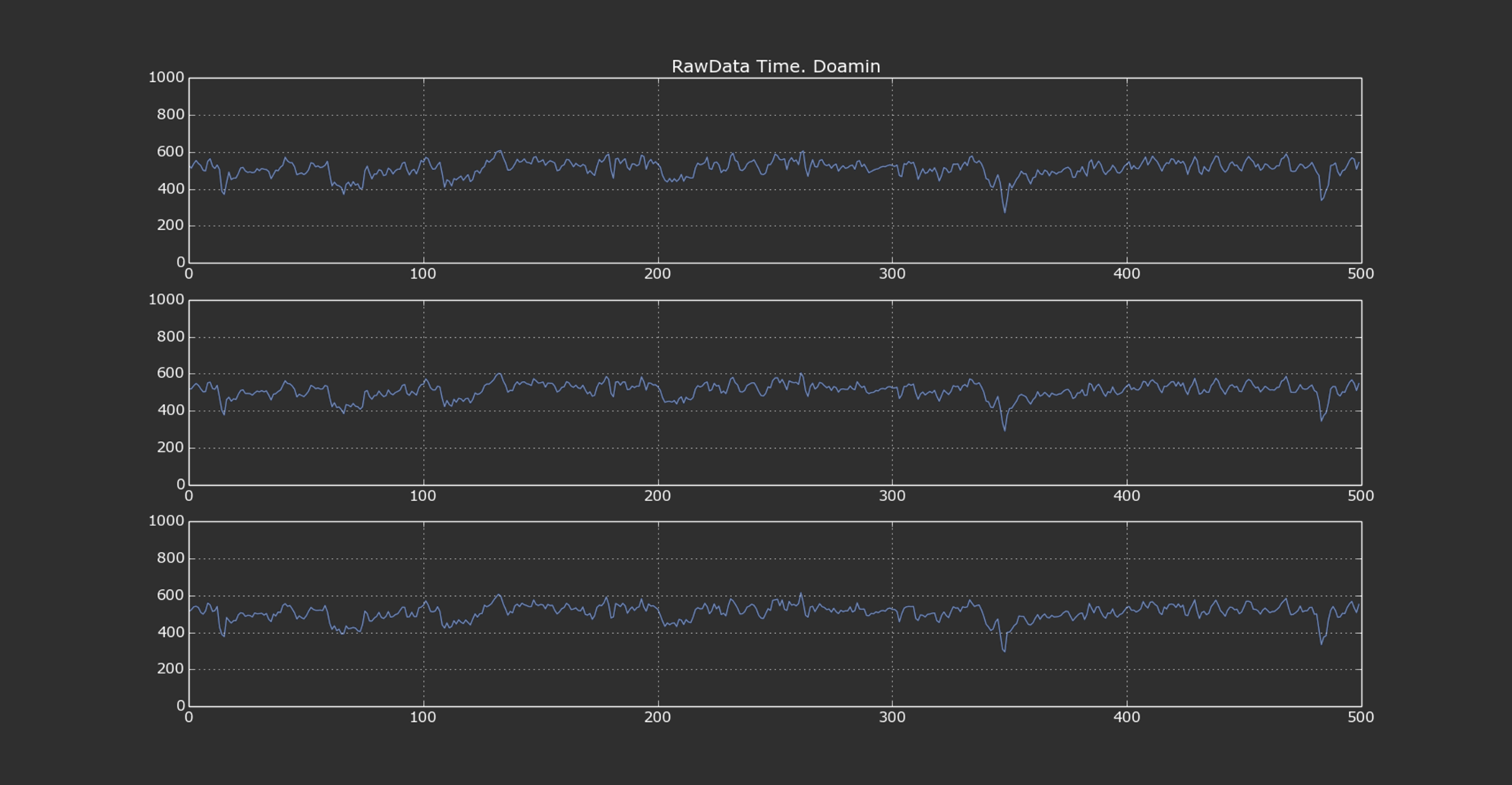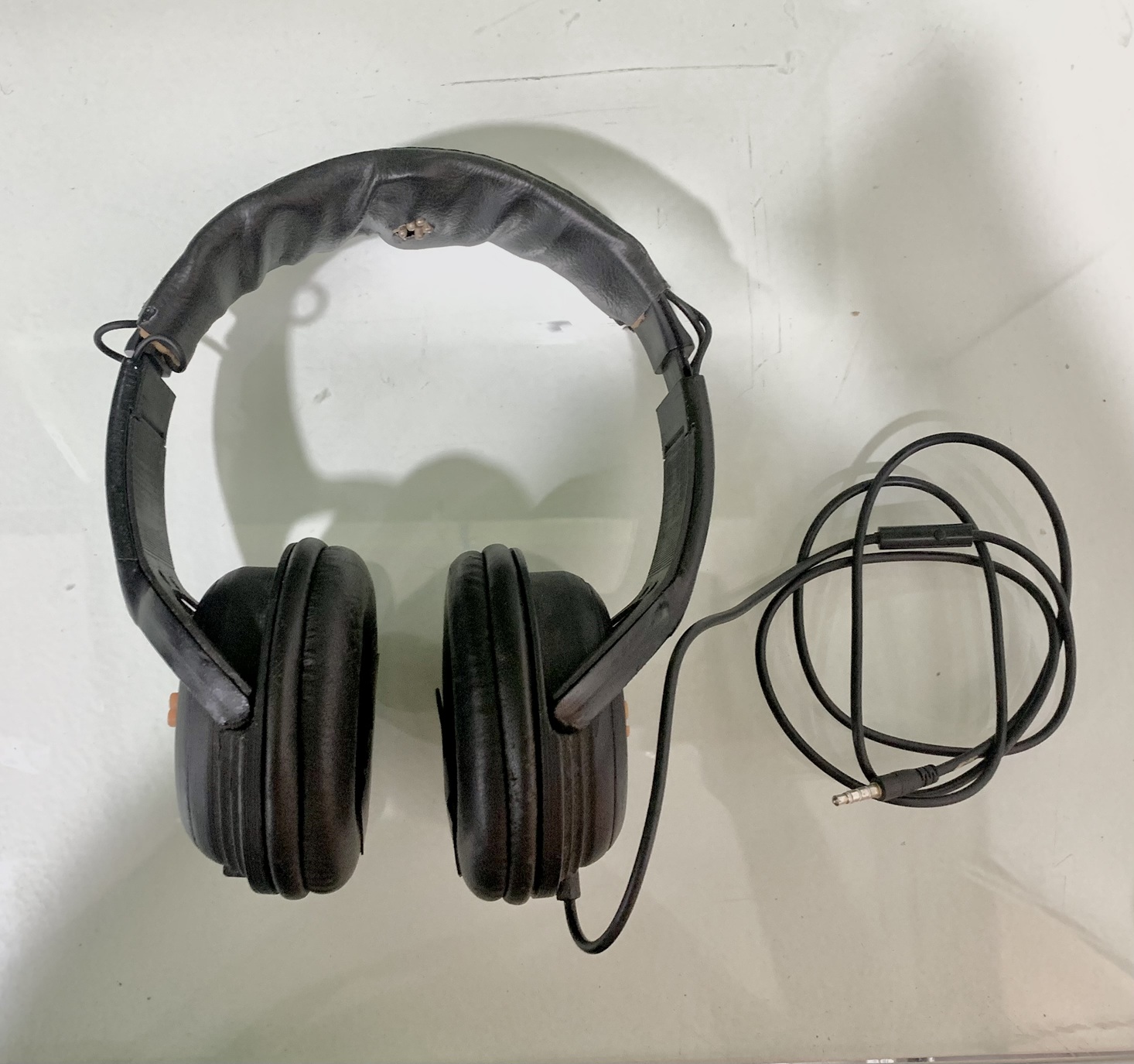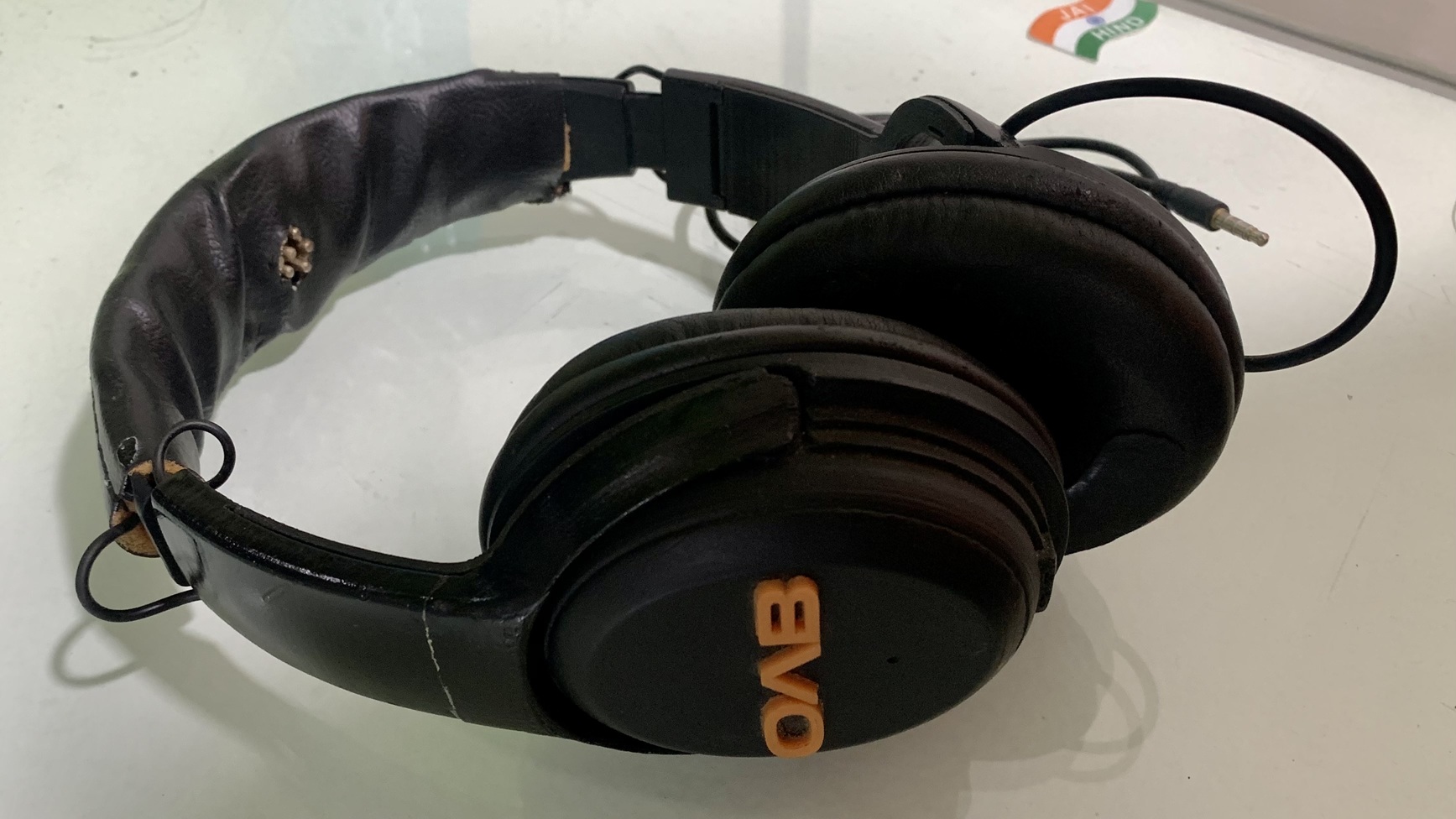Client
OAB Studio – A research-driven initiative to develop an innovative Brain-Computer Interface (BCI) headset that combines EEG acquisition with consumer-grade usability.
Product Description
The Brainwave Headset is a user-friendly and portable EEG headset that functions as both a brainwave acquisition device and a brain-control interface. Designed in the form factor of standard headphones, it is lightweight, comfortable, and capable of serving multiple roles:
- Neurofeedback & Meditation Training – Tracks mental states like attention and relaxation, providing musical feedback to help users improve focus, reduce stress, and practice meditation effectively.
- Brain-Control Applications – Converts brainwave activity into digital commands to control IoT devices, mobile apps, and demonstration systems.
- Everyday Use – Works as a normal headphone for music playback when not in EEG mode.
This makes the headset versatile for wellness, research, assistive technology, and experimental BCI projects.
How EEG Works
Electroencephalography (EEG) measures the brain’s electrical activity through electrodes placed on the scalp. Neurons in the brain communicate via tiny electrical impulses, and when thousands of neurons fire together, they produce rhythmic patterns called brainwaves.
EEG signals are categorized into frequency bands, each associated with different mental states:
- Delta (0.5–4 Hz): Deep sleep, unconscious states, healing.
- Theta (4–8 Hz): Drowsiness, light sleep, creativity, deep meditation.
- Alpha (8–12 Hz): Relaxation, calm but alert states, meditation.
- Beta (12–30 Hz): Active thinking, focus, problem-solving, high alertness.
- Gamma (30–100 Hz): High-level cognition, memory, learning.
By analyzing these brainwave bands, the headset can identify attention, relaxation, or meditation states, which can then be used for feedback or device control.
Working Principle
- Signal Capture – Three electrodes on the scalp record brainwave activity.
- Amplification & Filtering – Signals are amplified and filtered to remove noise.
- Digitization & Transmission – A 16-bit ADC converts signals into digital data, transmitted via Bluetooth by a microcontroller.
- Processing & Analysis – Software algorithms separate the signals into EEG bands (Alpha, Beta, Delta, etc.) and map them to mental states like Attention or Meditation.
- Applications – Data is used for neurofeedback, wellness tracking, or external device control.
Development Process
- Custom EEG Hardware: A dedicated 3-channel EEG amplifier and filter circuit was designed in-house to accurately acquire brain signals while minimizing noise and artifacts.
- Prototype Iterations: Initial wired prototype evolved into a Bluetooth-enabled wireless headset.
- 3D-Printed Components: Custom mounts were designed to hold electrodes securely against the scalp while ensuring comfort.
- Headphone Integration: Styled like standard headphones, allowing dual-use as both an EEG headset and music headphones.
Technical Highlights
- EEG acquisition with 3 scalp electrodes
- Precision amplifier and electronic filtering
- 16-bit ADC for accurate EEG capture
- Microcontroller for data acquisition and Bluetooth communication
- Software algorithms for EEG band analysis (Alpha, Beta, Delta, Theta, Gamma)
- Mental state recognition: Attention, Relaxation, Meditation
- Can be used as normal headphones for music playback
- Wired and wireless (Bluetooth) prototypes developed
Benefits & Applications
- Meditation & Neurofeedback Apps: Monitor meditation depth and provide guided training
- Cognitive Training: Improve focus and attention span
- Assistive Technology: Enable hands-free device control for differently-abled users
- IoT & Robotics Control: Operate smart devices or robots with brainwaves
- Research & Education: Accessible BCI tool for students, neuroscience research, and prototyping
- Entertainment & Gaming: Potential for brainwave-controlled gaming and VR
Wireless Car Demo – Brain-Control in Action
As a proof-of-concept, a wireless toy car was developed to demonstrate brainwave-based control.
- The Brainwave Headset measures the user’s brain activity in real-time.
- When the user focuses their attention (causing an increase in Alpha/Beta patterns), the algorithm detects this change.
- The detected brainwave signal is transmitted as a control command, starting the wireless car.
- When focus is lost, the car stops.
This demo showcased the ability to translate mental states into physical actions, proving the feasibility of using brainwaves for IoT and robotics control.
Future Scope
-
The Brainwave Headset opens a pathway to multiple future innovations:
-
Integration with VR/AR: Enabling brain-controlled immersive environments for gaming, training, or therapy.
-
AI-Based EEG Analysis: Using machine learning to improve accuracy in detecting emotional states, stress, and cognitive load.
-
Medical & Healthcare Applications: Potential for monitoring epilepsy, ADHD, sleep patterns, and aiding rehabilitation therapy.
-
Smart Wearables: Expansion into consumer-grade wellness devices that combine music playback, fitness monitoring, and EEG tracking.
-
Expanded IoT Ecosystem: Seamless integration with smart homes, where lighting, climate, or appliances respond to brainwave activity.
Initial 3D Printed Prototype
Final Product



